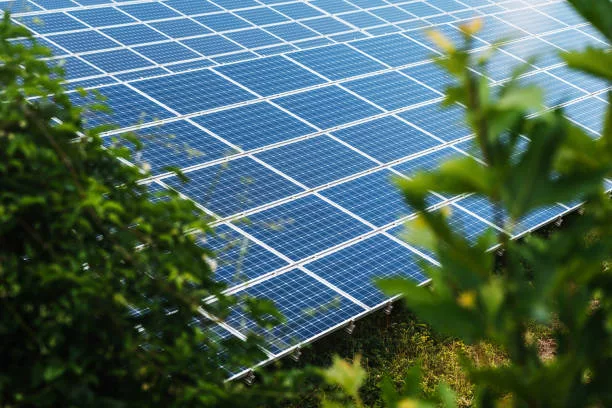The conversation around green energy is gradually shifting focus from mere environmental benefits to the economic perks of embracing sustainability. A study conducted by Payless Power sheds light on where homeowners can net the most significant financial gain by installing solar panels. Unsurprisingly, the cost-saving benefits vary substantially across the vast American landscape.
Top Ten States for Solar Savings
For those contemplating switching to solar energy, certain states offer more bang for your buck. Payless Power’s analysis reveals the annual savings you can expect in the top ten states:
- Hawaii leads with a handsome annual saving of $2,360.
- Connecticut residents can save about $1,734 each year.
- In Florida, homeowners could see yearly savings of $1,668.
- Alabama comes in close with savings around $1,638.
- Georgia offers an estimated annual saving of $1,578.
- New Hampshire has a potential of $1,563 in savings.
- Tennessee follows with potential savings of $1,553.
- In Louisiana, one can save around $1,538 annually.
- Massachusetts residents can pocket $1,534 each year.
- Lastly, Maryland offers a savings potential of $1,522.
The prospect of saving over a thousand dollars annually while contributing to a healthier planet is an offer that’s hard to ignore.
Diving Deeper Into Solar Installations
While savings from solar power are substantial, the presence of solar installations doesn’t always correlate with economic benefit. For instance, states like California, Nevada, and Massachusetts lead in terms of their solar electricity output but don’t necessarily offer the highest savings.
When examining the concentration of rooftop solar installations, the disparity continues. Nevada and Hawaii boast the highest number of solar homes per capita, overshadowing states like North Dakota and West Virginia, where solar adoption per capita is comparatively minimal.
Understanding the Investment in Solar Panels
The upfront cost of solar panel installation is a crucial consideration for homeowners, with the return on investment (ROI) being a key deciding factor. However, even in states where solar savings are the least, homeowners can save an impressive amount ranging from $742 to $982 annually.
The concept of estimated payback time is central to calculating ROI:
- Florida shines with an estimated payback period of just 12.76 years.
- Hawaii outperforms all with an ROI in merely 10.05 years.
- Connecticut promises a return in 14.09 years.
- Tennessee’s payback estimate stands at 14.47 years.
- And in Georgia, the estimated payback is 14.59 years.
Post that duration, your finances could improve by $1000 to $1500 every year depending on your state.
A Brighter Future with Solar Power
To sum up solar power’s economic landscape, Payless Power has compiled a comprehensive report filled with insights on solar incentives, policies, and investment opportunities. For homeowners considering this sustainable transition, the report is a valuable resource. Additionally, personalized estimates are readily available through solar calculators, encouraging users to gauge potential costs and savings tailored to their specific circumstances.
Embracing solar energy has become a smart financial move just as much as it is an environmental one. In the appropriate context, solar panels can be a transformative investment for homeowners, promising considerable savings and a greener footprint.

























